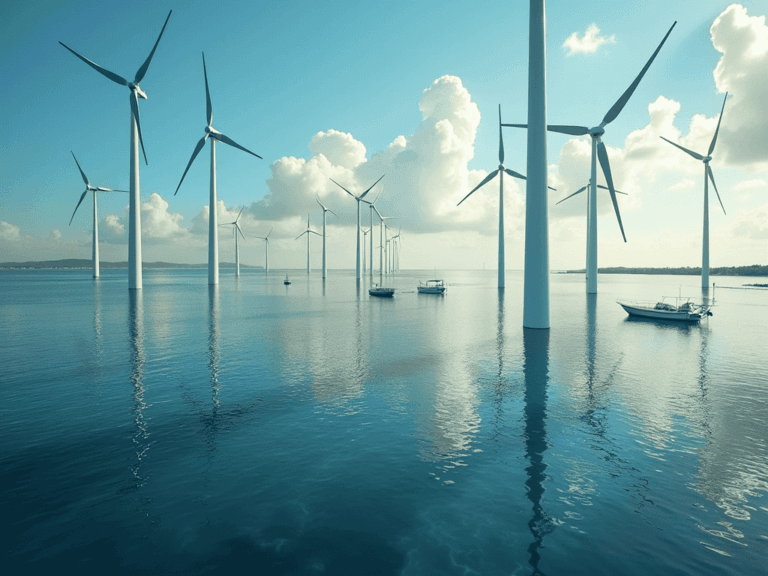Tripling Renewable Energy by 2030: The Urgent Need for Increased Investment and Policy Action
Global Renewable Energy Goals
The global push to transition to renewable energy has gained significant momentum, but recent reports indicate that current efforts are falling short of the ambitious targets set for 2030. The goal to triple renewable power capacity and double energy efficiency by 2030, as outlined in the UAE Consensus at COP28, is critical for keeping the 1.5°C global warming limit within reach.
Current Progress and Gaps
Despite an unprecedented acceleration in renewable energy deployment in 2023, the progress is not sufficient to meet the 2030 targets. Current national plans and targets are projected to deliver only half of the required growth in renewable power by 2030. However, current projections indicate a global collective gap of 3.8 TW by 2030, falling short of the goal by 34%.
Investment Requirements
This significant increase in investment is crucial for achieving the desired scale of renewable energy expansion.
Role of Solar and Wind Power
Solar and wind power are expected to be the primary drivers of this expansion. By 2030, wind and hydropower will be almost on par, with wind slightly ahead.
Regional Contributions
Energy Efficiency and Electrification
In addition to increasing renewable energy capacity, improving energy efficiency and accelerating electrification across multiple sectors are essential. This will require faster progress in efficiency measures and electrification in transport, building, and industry sectors.
Policy and Regulatory Frameworks
The existing policies and plans are inadequate to meet the global climate goals. Governments need to enhance their renewable energy ambitions, update their Nationally Determined Contributions (NDCs), and increase investments.
Financing Challenges in Emerging and Developing Economies
Emerging and developing economies face significant financing gaps that hinder their access to capital-intensive energy transition technologies.
Cost Competitiveness of Renewables
Despite the financing challenges, the cost of renewable energy has become increasingly competitive. In 2023, 81% of newly commissioned utility-scale renewable projects had lower costs than their fossil fuel-fired alternatives.
Infrastructure and System Integration
These infrastructure improvements are critical for integrating renewables into the energy system efficiently.
Global Energy Outlook and Challenges
emissions goGeopolitical tensions and fragmentation are creating major risks for energy security and global action on reducing greenhouse gas emissions.
Conclusion and Key Points
- Investment Needs: Annual investment in renewable capacity must triple to USD 1.5 trillion from 2024 to 2030.
- Regional Contributions: China and India will play key roles in global renewable energy expansion.
- Energy Efficiency and Electrification: Improving energy efficiency and accelerating electrification are essential for meeting climate goals.
- Policy and Financing: Enhanced policies, updated NDCs, and increased investments are necessary, particularly in emerging and developing economies.
- Cost Competitiveness: Renewables are now cost-competitive with fossil fuels, making them a compelling choice.
- Infrastructure and System Integration: Significant advances in infrastructure and system operation are required to support the integration of renewables.
In summary, achieving the global goal of tripling renewable energy capacity by 2030 requires immediate and substantial action, including increased investment, policy enhancements, and infrastructure development. The cost competitiveness of renewables and the urgent need for energy efficiency and electrification measures further underscore the importance of a coordinated global effort to meet these ambitious targets.



